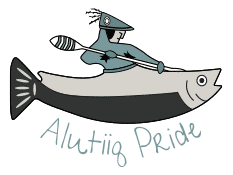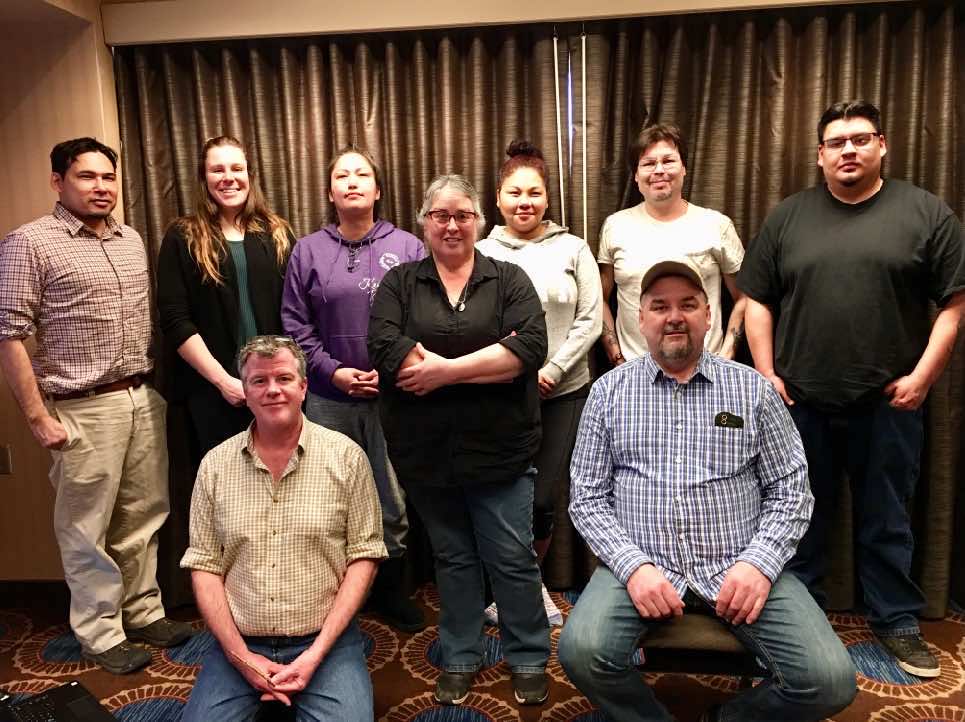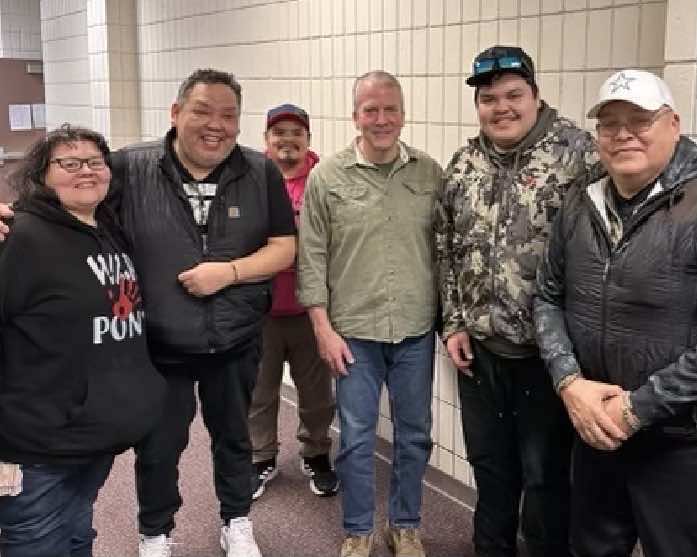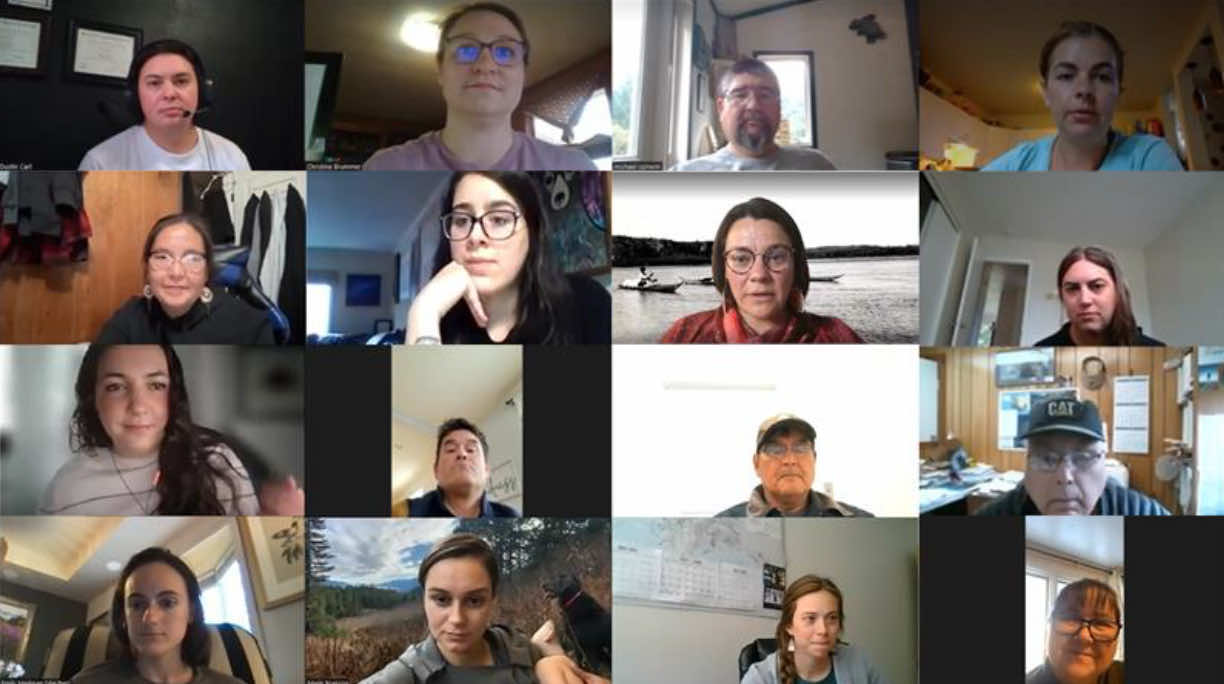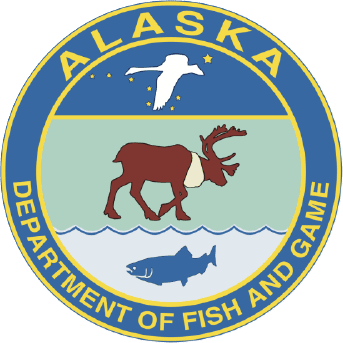Tribal Regulatory Trainings
Bringing Tribal Voices to the Management Process
With close to 34 million pounds of fish and game harvested annually in Alaska, effective and responsible management requires meaningful communication and collaboration between federal, state, and Tribal partners. Challenges arise because of the lack of cultural understanding between managing agencies and local communities. These communities depend upon the fish and wildlife to sustain their ways of life. Meaningful communication among Tribal citizens is also essential in order to engage in and influence management decisions.
Trainings are essential to providing opportunities for Tribal citizenry to meet and thoroughly discuss fish and wildlife concerns and proposed solutions that can be delivered to fish and wildlife managers through regulatory change proposals and public testimony. Frequent communications and collaborations between Tribes and state and federal management partners are critical. Productive negotiations depend on how well stakeholders know and understand each other and their concerns of mutual interest.
Strong relationships are the product of shared experiences, and coordinated Tribal testimonies can greatly influence fish and wildlife management decisions.
Through attendance at the Federal Subsistence Board (FSB), Southcentral Regional Advisory Council (SCRAC), Board of Fish (BOF), Board of Game (BOG), North Pacific Fishery Management Council (NPFMC), and the Native Village of Eyak’s Alaska Native Fisherman’s Alliance (ANFA) meetings, technical support, outreach, CRRC has been building internal and Alliance capacity. Attendance at both federal- and state-level meetings allows for a clearer understanding and stronger cooperative front while addressing subsistence opportunities and conserving subsistence resources on federal lands and waters. Being a part of these conversations allows for CRRC to gain a fuller understanding of how Southcentral federally qualified subsistence users are impacted by decisions made in the complex and interconnected dual management system in Alaska.
In 2017, after several CRRC Tribes expressed frustration with the federal and state management of subsistence resources, CRRC began developing a training program and partnerships to provide an introduction to the operations of regulatory agencies, started reviewing proposals affecting subsistence hunting regulations in Southcentral Alaska, and learning methods of provided education on the importance of effective public testimony for the next generation of Tribal member to continue their traditions of hunting, fishing, and gathering.
The goals of this training program
include the following:
Protect Alaska Native hunting and fishing rights, including the harvesting and sharing of fish, game, and other resources.
Ensure Alaska Native management of traditional lands and resources.
Ensure Alaska Native Tribes speak and act with a unified voice at regulatory meetings of traditional lands and resources.
Since 2017, CRRC has partnered with the Alaska Wildlife Alliance (AWA) to host training workshops. The intent of this training was to co-learn from experts and Tribal members and collectively come together to advocate for subsistence opportunities as defined by law. The goal is to provide opportunities for Tribal members to direct advocacy efforts to protect Alaska Native hunting and fishing rights central to traditional ways of life and well-being.
These training courses are held before state and federal regulatory meetings and offered at no cost to participants. Travel scholarships are provided to selected community members. The training includes presentations about ANCSA, ANILCA, and the regulatory agencies, and it reviews the proposals that affect the Chugach region. The training provides Tribal Members the chance to practice writing public testimony, which they can choose to present at the regulatory meetings. The training is not limited to CRRC Tribes and members; other interested Tribes were encouraged to attend.
CRRC’s Current
Priorities
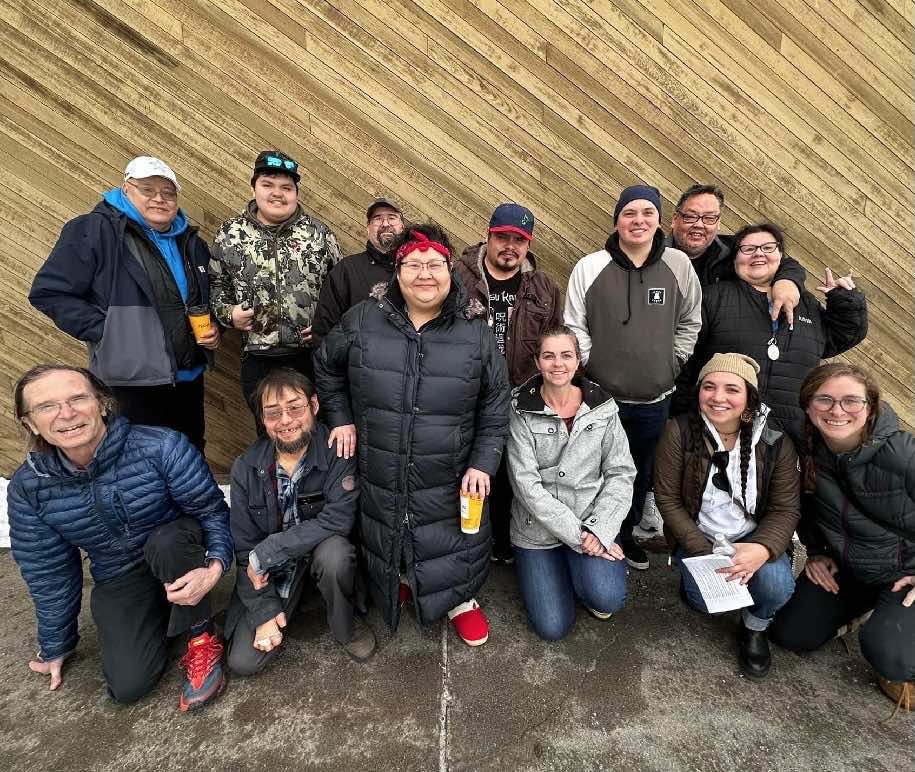
Educate Tribal leaders and advocates on federal and state fish and wildlife regulations and management systems.
Increase attendance at regulatory meetings.
Provide consistent messaging to regulatory and decision-making boards and councils.
Provide analysis, comments, positions, and testimony related to applicable regulations, policies, and management plans.
Identify potential areas for increased self-governance and co-management agreements and increase attendance and messaging at all applicable regulatory and decision-making boards and councils.
Support Alaska Native natural resource management capacity building.
Develop proposals on behalf of Tribal Councils.
These training opportunities are for advocates to learn specific tools and methods to prepare and provide effective public testimony. The attendees dig deep into the issues facing their region, using their time effectively to ask critical questions related to the operations and function of the regulatory agency representatives. Advocates and Tribal leaders share the concerns and build relationships that will mend the issues related to resource use within the Chugach. As a result, the regulatory agencies have repeatedly told Tribal leaders and advocates that the Tribal management workshop students and made an impressive statement with their testimony. They further noted that the testimony demonstrated that these regulatory agencies should be very careful when considering proposals dealing with cultural sensitivity issues. Tribal voices were powerful and were heard.
“I appreciate you folks for coming up and enlightening us on your
home country there, so thank you for coming ”
Karen Linnell, Alaska Board of Game Member
The Board of Fish (BOF) passes state regulations to develop and conserve Alaska’s fisheries resources. The BOF consists of seven members, who are appointed by the governor of Alaska to serve three-year terms. The Board operates on what is called a long-term cycle, which means that certain Alaska regions are considered once every three years. These long-term schedules can be found on the Alaska Department of Fish and Game, Board of Fish website at Alaska Board of Fisheries Home, Alaska Department of Fish and Game.
The Board of Game (BOG) passes state regulations to develop and conserve Alaska’s wildlife resources. The BOG consists of seven members, who are appointed by the governor of Alaska to serve three-year terms. The Board operates on what is called a long-term cycle, which means that certain Alaska regions are considered once every three years. These long-term schedules can be found on the Alaska Department of Fish and Game, Board of Game website at Board of Game Home, Alaska Department of Fish and Game.
The Federal Subsistence Board (FSB) is the decision-making body that oversees the Federal Subsistence Management Program. The FSB is made up of regional directors from the U.S. Fish and Wildlife Service, National Park Service, Bureau of Land Management, Bureau of Indian Affairs, U.S. Forest Service. Three public members also sit on the Board. These public members represent rural subsistence users and are appointed by the Secretary of the Interior and the Secretary of Agriculture. The Board administers the subsistence harvest of fish and wildlife for rural Alaska residents on federal public lands. Fishery proposals are taken up by the Board during even-numbered years, and wildlife proposals are taken up by the Board during odd-numbered years. Anyone can submit a proposal for their respective region, with the entire process for fish and wildlife proposals taking a year.
